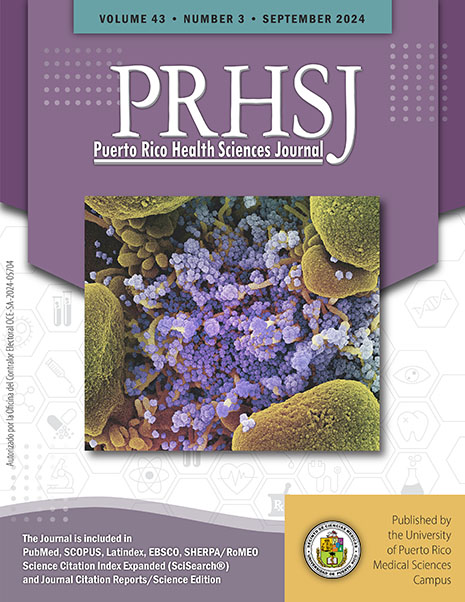Abstract
Objective: Monkeypox is a viral zoonotic disease endemic to West and Central Africa; it has been reported in more countries during the last decade than in the previous 40 years. In 2022 a multinational outbreak occurred. This change in the epidemiology of the virus may represent an evolutionary adaptation. The purpose of this study is to analyze the molecular aspects of Monkeypox virus (MPXV) disease that may explain the latter’s change in epidemiology during the 2022 outbreak. Methods: From July 2022 through December 2022, the period of the outbreak, a narrative review was conducted on the available literature, with a total of 271 articles published in the MEDLINE/PubMed and LILACS databases being examined. The chosen articles were organized using the search and reference manager Mendeley Desktop 1.19.4. Duplicates and articles that did not meet the study’s objective were eliminated, resulting in the selection of 49 articles for the present review. Discussion: MPXV resurgence poses challenges due to waning immunity and changing epidemiological patterns. Recent outbreaks show different transmission routes, affecting new demographics. Genomic evolution, vaccination history, and potential new animal reservoirs complicate containment efforts. Continued surveillance and vaccination are crucial for control. Conclusions: It seems possible that MPXV has (re-)emerged to occupy the ecological niche left by the smallpox virus. Mutations of the apolipoprotein B mRNA editing enzyme, catalytic subunit 3G motif, in MPXV clade IIb since 2017 may explain the epidemiological change that has occurred in recent years. This pattern could be due to sustained transmission in a new host or a new route of infection.
Authors who publish with this journal agree to the following terms:
a. Authors retain copyright and grant the journal right of first publication with the work simultaneously licensed under a Creative Commons Attribution License that allows others to share the work with an acknowledgement of the work's authorship and initial publication in this journal.
b. Authors are able to enter into separate, additional contractual arrangements for the non-exclusive distribution of the journal's published version of the work (e.g., post it to an institutional repository or publish it in a book), with an acknowledgement of its initial publication in this journal.
c. Authors are permitted and encouraged to post their work online (e.g., in institutional repositories or on their website) prior to and during the submission process, as it can lead to productive exchanges, as well as earlier and greater citation of published work (See The Effect of Open Access).
